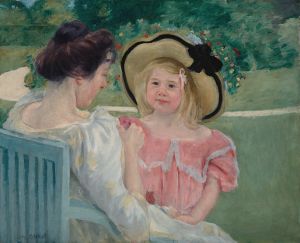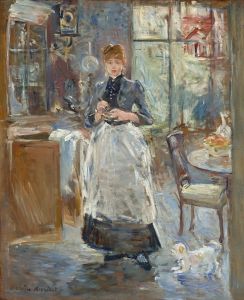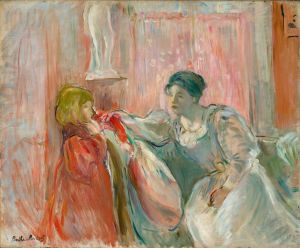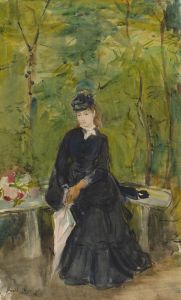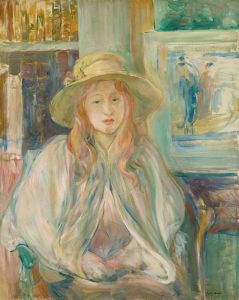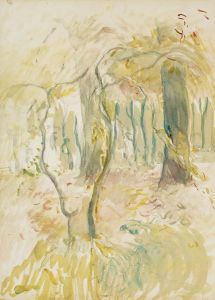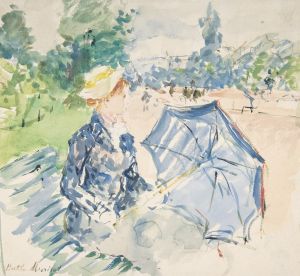
Le Flageolet
A hand-painted replica of Berthe Morisot’s masterpiece Le Flageolet, meticulously crafted by professional artists to capture the true essence of the original. Each piece is created with museum-quality canvas and rare mineral pigments, carefully painted by experienced artists with delicate brushstrokes and rich, layered colors to perfectly recreate the texture of the original artwork. Unlike machine-printed reproductions, this hand-painted version brings the painting to life, infused with the artist’s emotions and skill in every stroke. Whether for personal collection or home decoration, it instantly elevates the artistic atmosphere of any space.
"Le Flageolet" is an oil painting created by the French Impressionist artist Berthe Morisot in 1891. Morisot, one of the prominent female figures in the Impressionist movement, is known for her delicate and intimate portrayals of domestic life and women. This particular painting exemplifies her skill in capturing the subtleties of light and atmosphere, as well as her ability to convey the inner lives of her subjects.
The painting depicts a young girl playing a flageolet, a small woodwind instrument similar to a recorder. The girl is seated, with her attention focused on the instrument, creating a serene and contemplative mood. Morisot's use of soft, loose brushstrokes and a light color palette is characteristic of her style and the broader Impressionist movement, which sought to capture the fleeting effects of light and color rather than precise details.
"Le Flageolet" is notable for its composition and the way Morisot uses light to highlight the girl's face and hands, drawing the viewer's attention to her concentration and the delicate act of playing the instrument. The background is rendered in softer, more muted tones, which helps to emphasize the central figure and create a sense of depth.
Berthe Morisot was born in 1841 in Bourges, France, and was one of the founding members of the Impressionist group. She exhibited in seven of the eight Impressionist exhibitions between 1874 and 1886, gaining recognition for her unique perspective and contributions to the movement. Morisot often painted scenes of domestic life, children, and women, providing a counterpoint to the more public and urban subjects favored by some of her male contemporaries.
"Le Flageolet" reflects Morisot's interest in capturing the quiet moments of everyday life and her ability to infuse these scenes with a sense of intimacy and emotion. The painting is a testament to her skill as an artist and her dedication to exploring the nuances of light, color, and form.
Today, "Le Flageolet" is part of the collection at the Musée Marmottan Monet in Paris, which houses the largest collection of Morisot's works. The museum is dedicated to the Impressionist movement and also features works by Claude Monet, Edgar Degas, and other prominent artists of the period.
Morisot's legacy as a pioneering female artist in a predominantly male-dominated field continues to be celebrated, and her works are studied for their innovative approach to composition and their sensitive portrayal of her subjects. "Le Flageolet" remains an important example of her contribution to the Impressionist movement and her ability to capture the beauty and complexity of everyday life.





